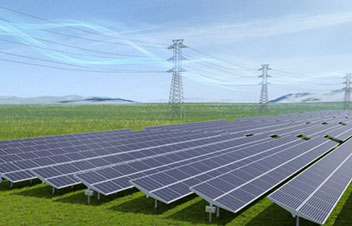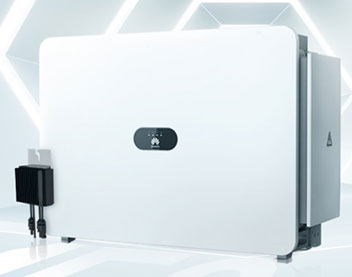
With the rising importance of sustainable energy sources, solar power emerges as a promising symbol of a more environmentally friendly tomorrow. But understanding the intricacies of solar power can be daunting sometimes. This thorough guide is your roadmap to demystifying solar energy.
In this blog, we’ll walk you through the definition, types, and components of solar power systems. We’ll also guide you in choosing the right solar system for households in the Netherlands as per your practical needs. Whether you're a seasoned solar enthusiast or a beginner taking your first steps toward sustainability, this guide will illuminate the path to a cleaner, brighter future.

A solar power system, also known as a photovoltaic (PV) system, is a technology that harnesses energy from the sun and converts it into electricity for various applications.
A typical solar power system includes solar panels, inverter, solar batteries, and other components. These components work in conjunction to transform sunlight into the energy you can use. Moreover, solar power systems come in various types and forms. We’ll elaborate on the makeup of solar power systems below.
Solar PV systems are primarily divided into 3 types: on-grid, off-grid, and hybrid.
On-grid systems, also known as grid-tied systems, are the most common choice for residential and commercial solar system setups. These solar panel systems are directly connected to the electrical grid, and they work in tandem with your local utility company to provide power for your residence.
Oftentimes, on-grid systems go hand in hand with net metering programs. This means that any surplus energy your solar system generated can be fed back into the grid, earning credit for system owners and potentially saving their utility bills. This makes on-grid systems an affordable solar system that is favored by many house owners.
Off-grid solar energy systems, also known as stand-alone solar battery systems, are designed for areas without access to the electrical grid or for individuals seeking complete energy independence. Compared to on-grid solar systems, they are completely disconnected from the grid. As a result, these systems need batteries to store excess energy generated during the day for use at night or during cloudy periods.
Hybrid solar systems combine the features of both on-grid and off-grid systems. On the one hand, hybrids have battery storage to store excess energy just like off-grid systems. On the other hand, these systems are also connected to the grid, allowing you to take advantage of net metering and ensuring a continuous power supply even when solar production is low. Thus, hybrid systems provide the flexibility of off-grid setups with the security of grid connectivity, making them a smart choice for those who want to reduce energy costs while having a reliable backup during outages.
No matter what type you choose, solar system packages will generally include the following basic items to ensure proper functioning:
Solar panels, or photovoltaic (PV) modules, are the heart of the system. These panels are made up of multiple solar cells, which capture sunlight and convert it into direct current (DC) electricity through a process called the photovoltaic effect.
The solar inverter plays a crucial role in the system. It converts the DC electricity generated by the solar panels into alternating current (AC), which is the standard form of electricity used in homes and businesses. Inverters ensure the electricity is compatible with your existing electrical systems.

Solar batteries, while optional in some systems, are vital for storing excess electricity produced during the day. These batteries store energy for use during the night or on cloudy days when solar production is reduced. They provide energy independence and continuity.
The distribution board, also known as an electrical panel or breaker box, is where the solar-generated electricity is integrated into your home's electrical system. It ensures that solar electricity is properly distributed to your appliances and devices. It can also serve as a point of connection to the electrical grid for on-grid systems.